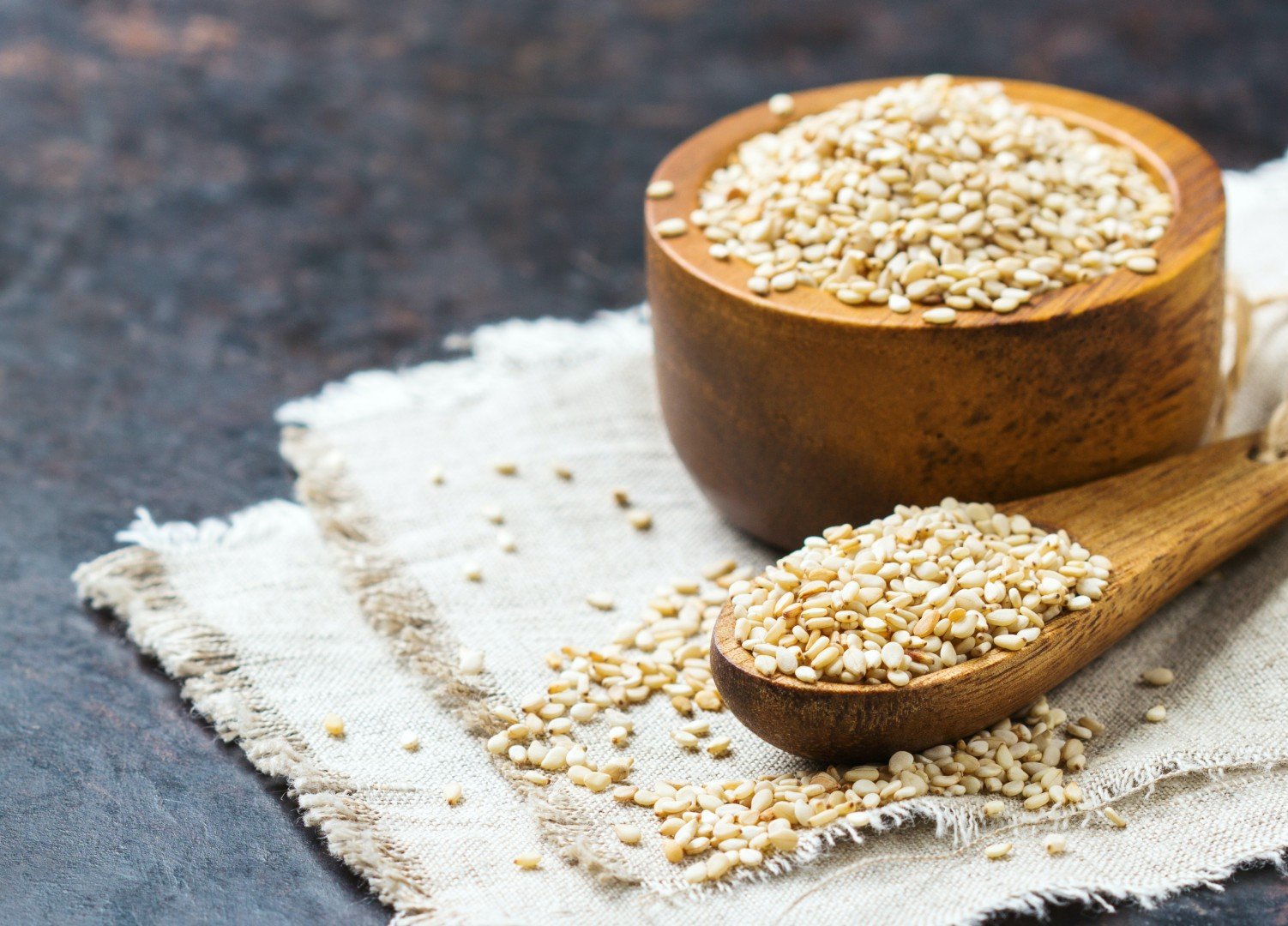Bring out the flavour of sesame seedsSesame seeds give a lot of bang for your buck or, to put it more elegantly, a lot of flavour for their size. The tiny seeds of the Sesamum indicum plant, which have a very high oil content, are even more flavourful when toasted. You can do this in any type of pan over a flame, but trust the Japanese to come up with a special tool for roasting sesame seeds.The most attractive of these goma rosuta (sesame roasters) are made of clay - they look like deep bowls with a narrow opening on top, and a hollow handle on one side. You pour the sesame seeds through the top, place the roaster over the flame and shake it so the seeds toast evenly. They're then poured out through the handle. The problem with these is that they break fairly easy, and you can't see the seeds as they're toasting, so you have to judge when they're done by using your smell.There are also sesame seed roasters made of metal, with a mesh screen that locks in place after you put the sesame seeds inside. As with the clay roasters, you shake the metal ones over the flame; the mesh screen keeps the tiny seeds from flying out.
Sesame seeds - what colour are they?Most people think sesame seeds as either white (they're actually pale tan) or black, but they also come in other colours including grey and golden. They're used in many parts of the world, including Asia, Africa and the Middle East. The fat in sesame seeds is considered by nutritionists to be a "good" oil; they say it can actually lower cholesterol.
Sesame seeds - what to do with themSesame seeds are sprinkled over foods to add colour and flavour, and are used in spice mixes, from shichimi togarashi (Japanese seven spice) and furikake ("sprinkles" to top a bowl of plain rice) to dukkah in Egyptian cooking.They are also used in larger quantities to make a delicious, intense paste used in East Asian, Middle Eastern and Mediterranean dishes. And they make a delicious confection - halvah - where ground sesame seeds are cooked with sugar and (sometimes) flavourings such as nuts, chocolate and spices.
And what about sesame oil?Sesame seeds are pressed for their wonderfully fragrant oil that can be processed from raw or toasted seeds; the latter has a stronger flavour and is and usually drizzled over a dish at the last minute. When buying sesame oil, check the label to make sure it contains only sesame seeds, and is not mixed with another type of oil to dilute it. High end Japanese restaurants sometimes add varying amounts of sesame oil to their deep-frying oil for tempura.
Asian recipes that use sesame seeds
